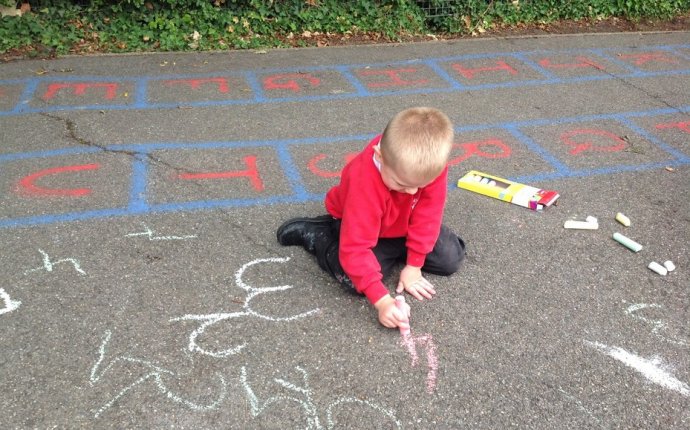
Teaching mental calculation strategies
The purpose of this booklet produced by the Qualifications and Curriculum Development Agency (QCDA, formerly QCA) in collaboration with the National Strategies is to offer guidance to teachers on teaching effective mental strategies for calculation and to make clear the expectations concerning the use of calculators. It was designed to assist teachers in their planning by:
■ listing those number facts that students are expected to recall rapidly;
■ giving clear year-by-year expectations of a range of calculations students should be able to do mentally;
■ listing those strategies that might be introduced to students for them to learn and practise as an aid to performing calculations;
■ suggesting a range of suitable activities for use in the classroom.
Part 1 describes what calculation facts students are expected to recall rapidly and what sorts of calculations they might be able to perform mentally. Both are set out side-by-side on a year-by-year basis.
Part 2 discusses choosing the most appropriate strategies for a range of calculations of varying degrees of difficulty. Discussing with students the relative merits of different strategies helps them to see why some strategies are more appropriate and efficient than others.
Parts 3 and 4 specify the key strategies to teach students and contain activities to support the teaching of these strategies. Part 3 deals with addition and subtraction and Part 4 with multiplication and division. Each subsection begins with examples of typical problems addressed, set out on a year-by-year basis and matching the expectations described in Part 1.
Part 5 discusses the appropriate use of calculators. It is important to realise that calculators should not replace mental skills. They are not appropriate for computations that can quickly be done mentally. Calculators, however, should be used in cases where neither a mental method nor a written method is the most appropriate.
Part 6 of this booklet deals with approximating and checking. It draws together ideas from all the previous sections to show how students consolidate their learning and understanding of the mathematical principles set out in this booklet. Work in this area improves students' confidence and facility in tackling numerical problems and calculations.








